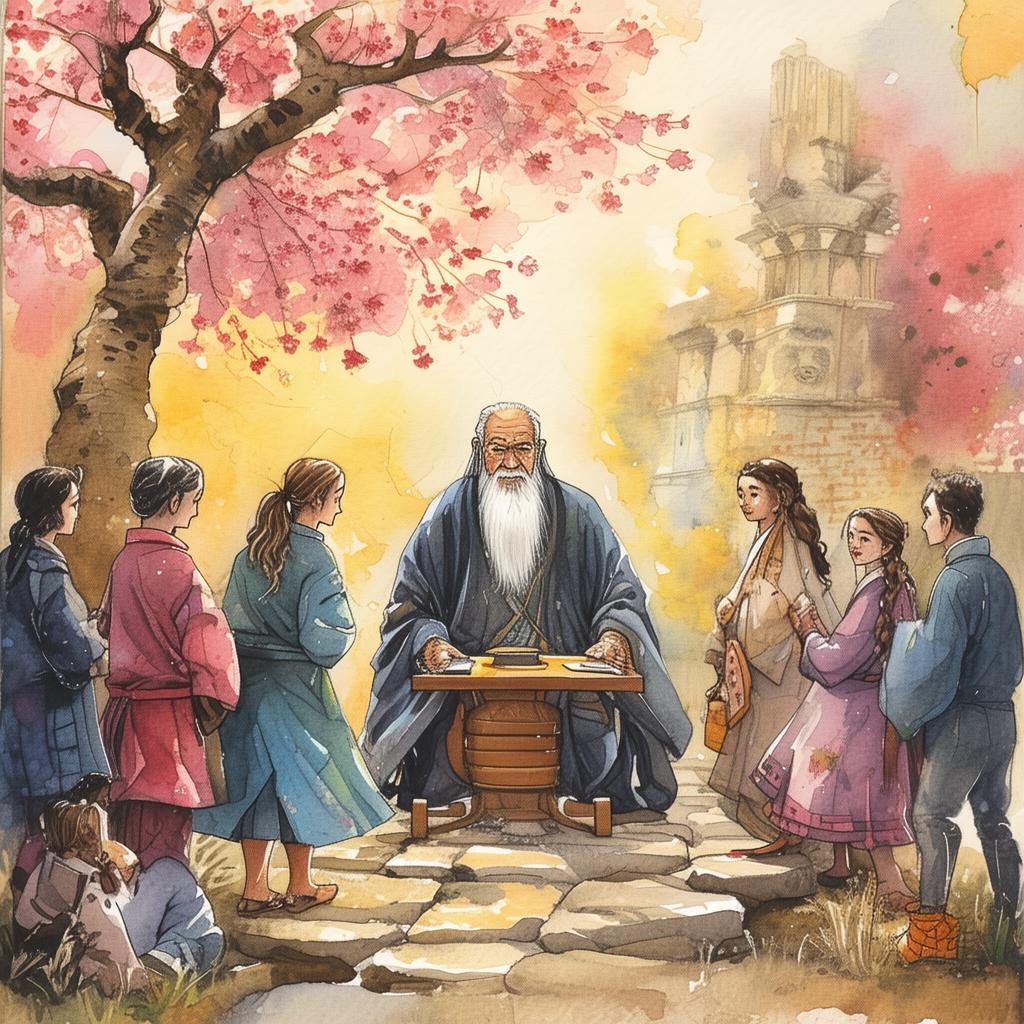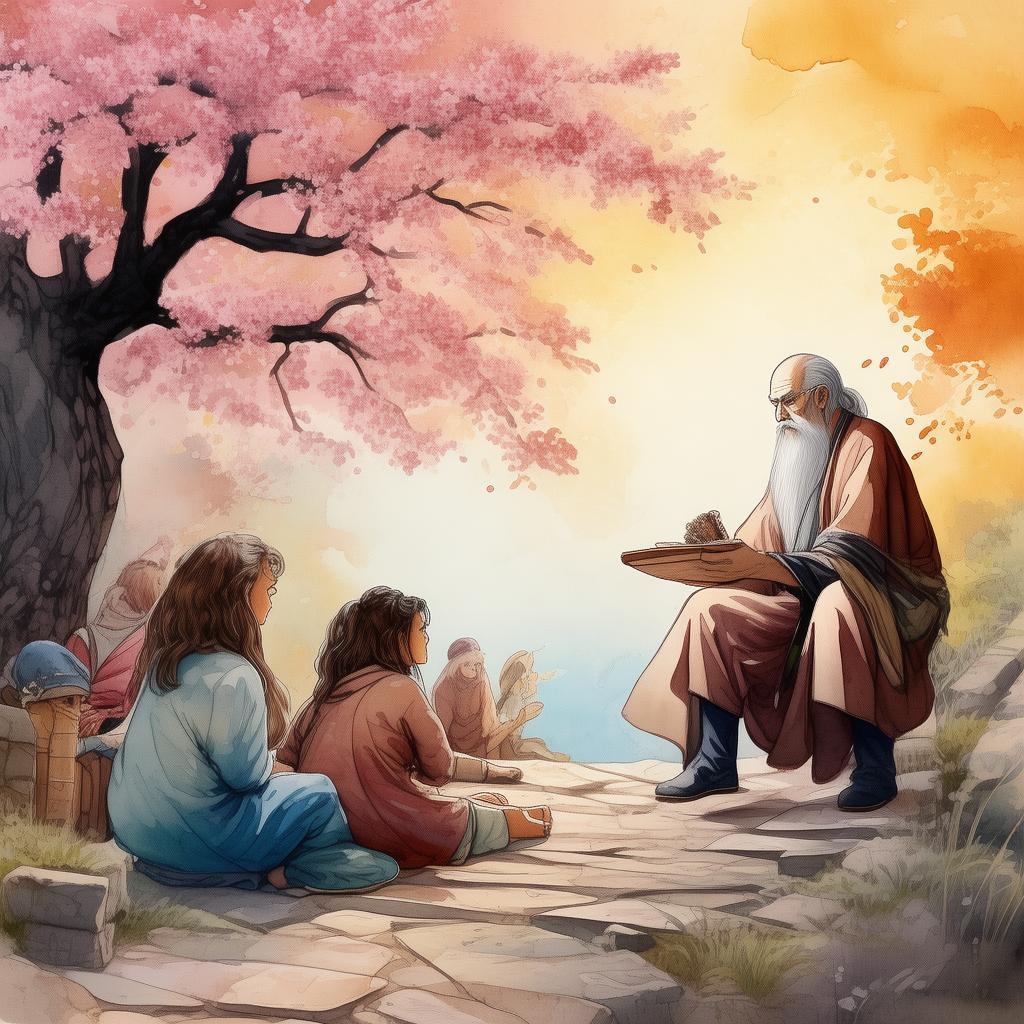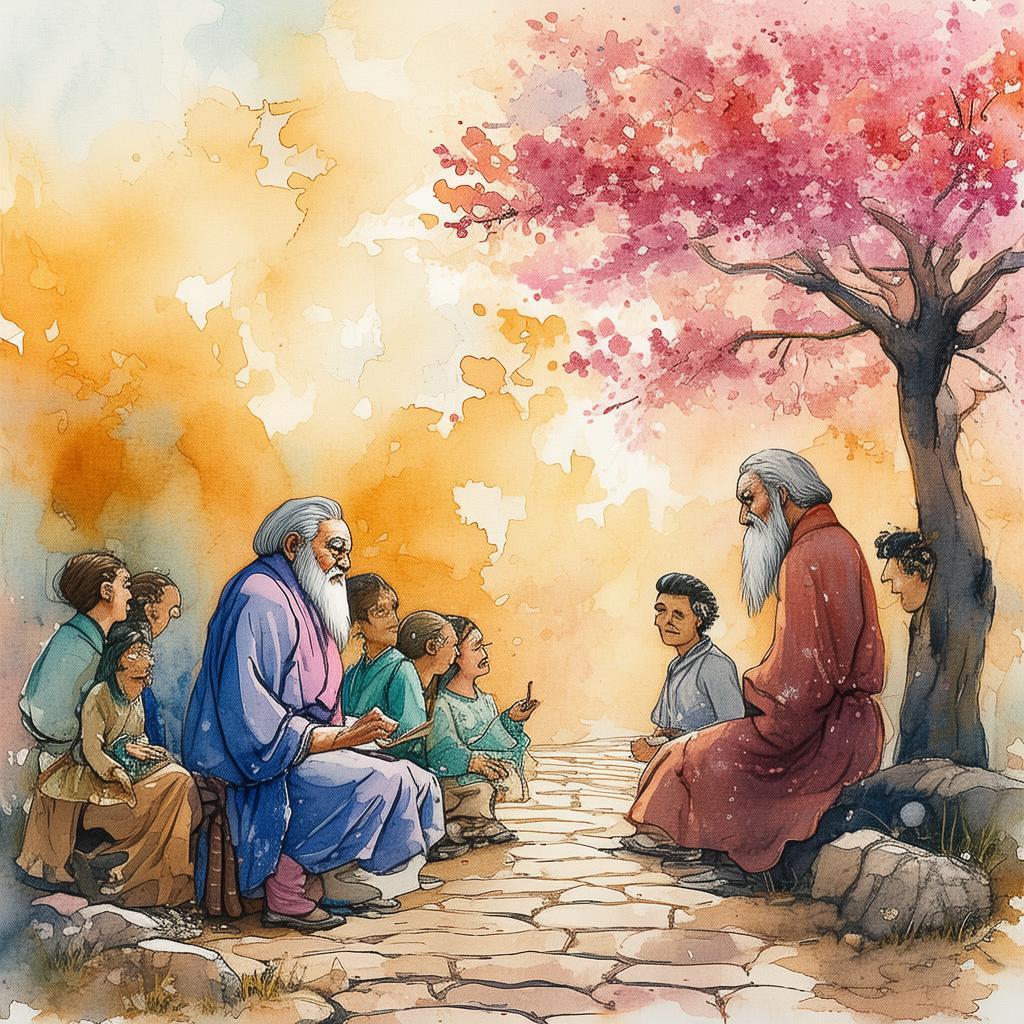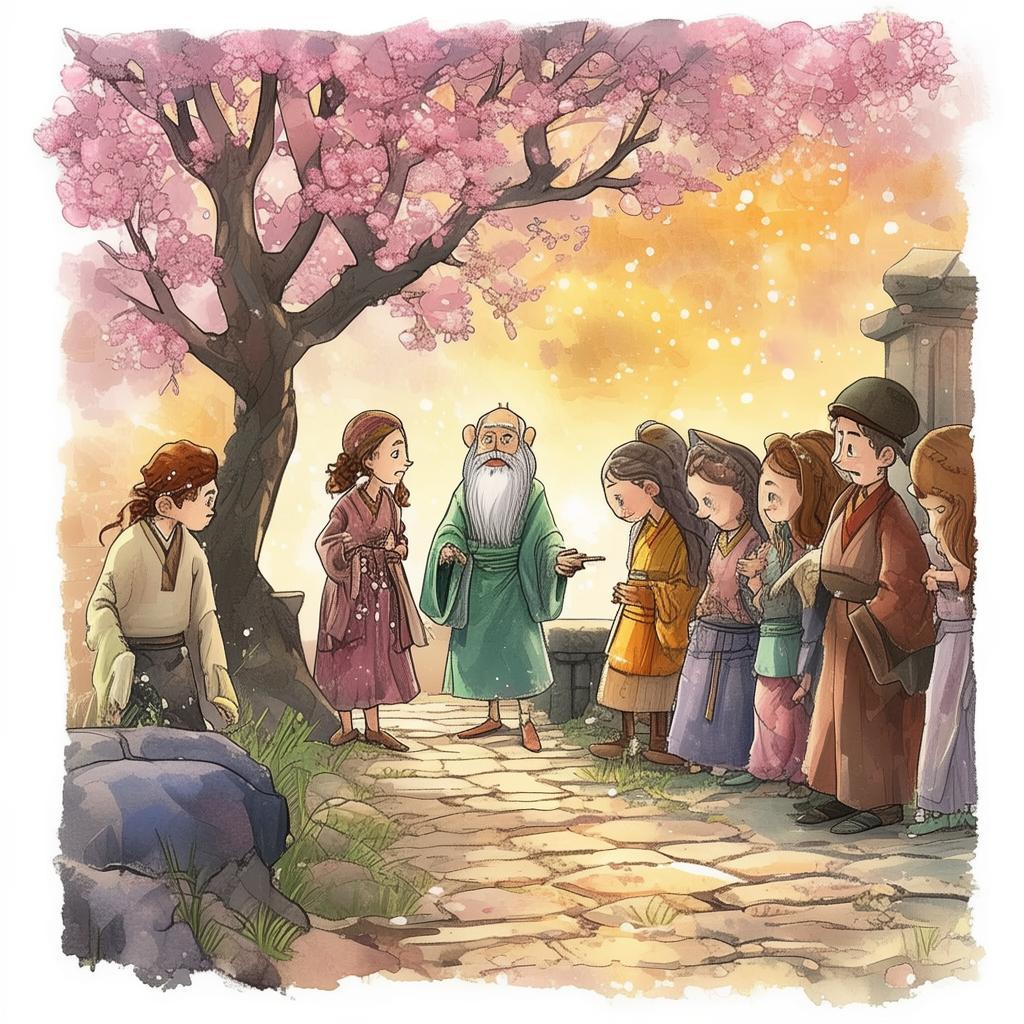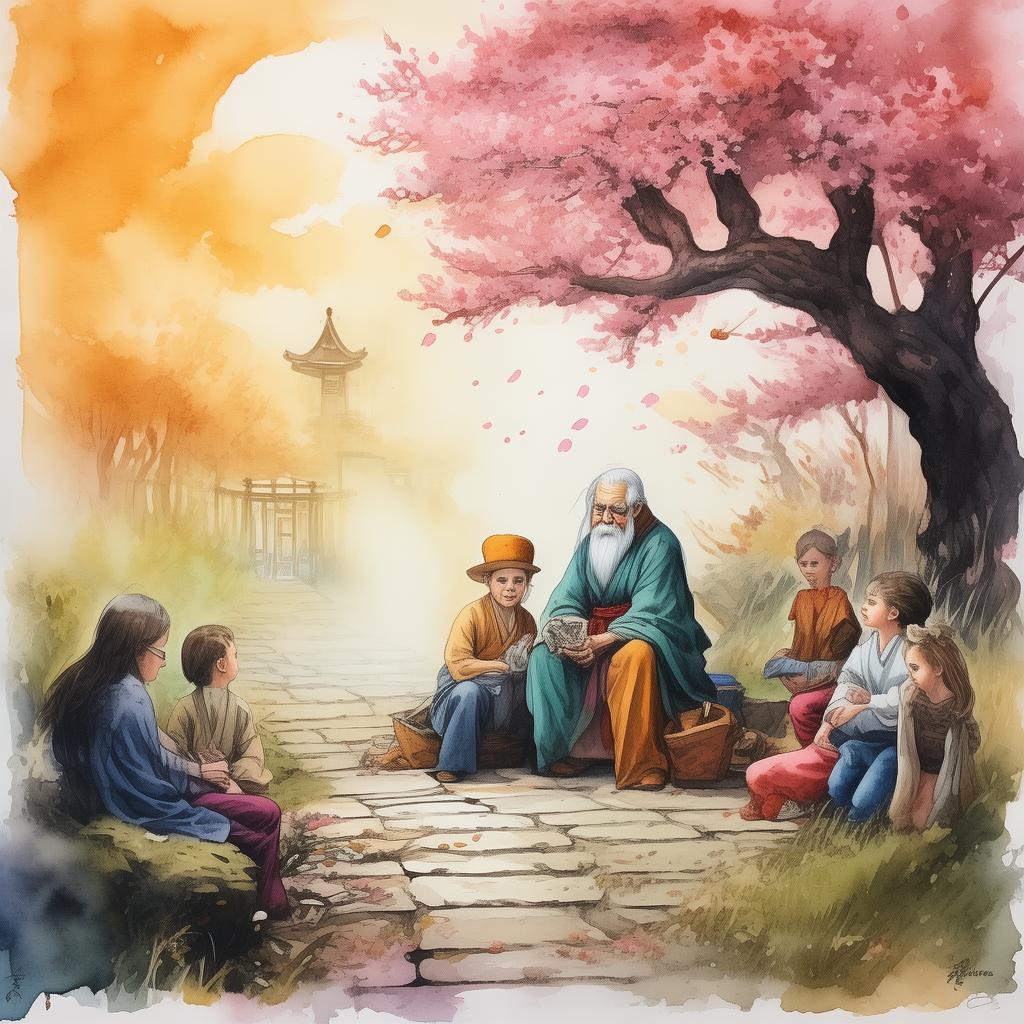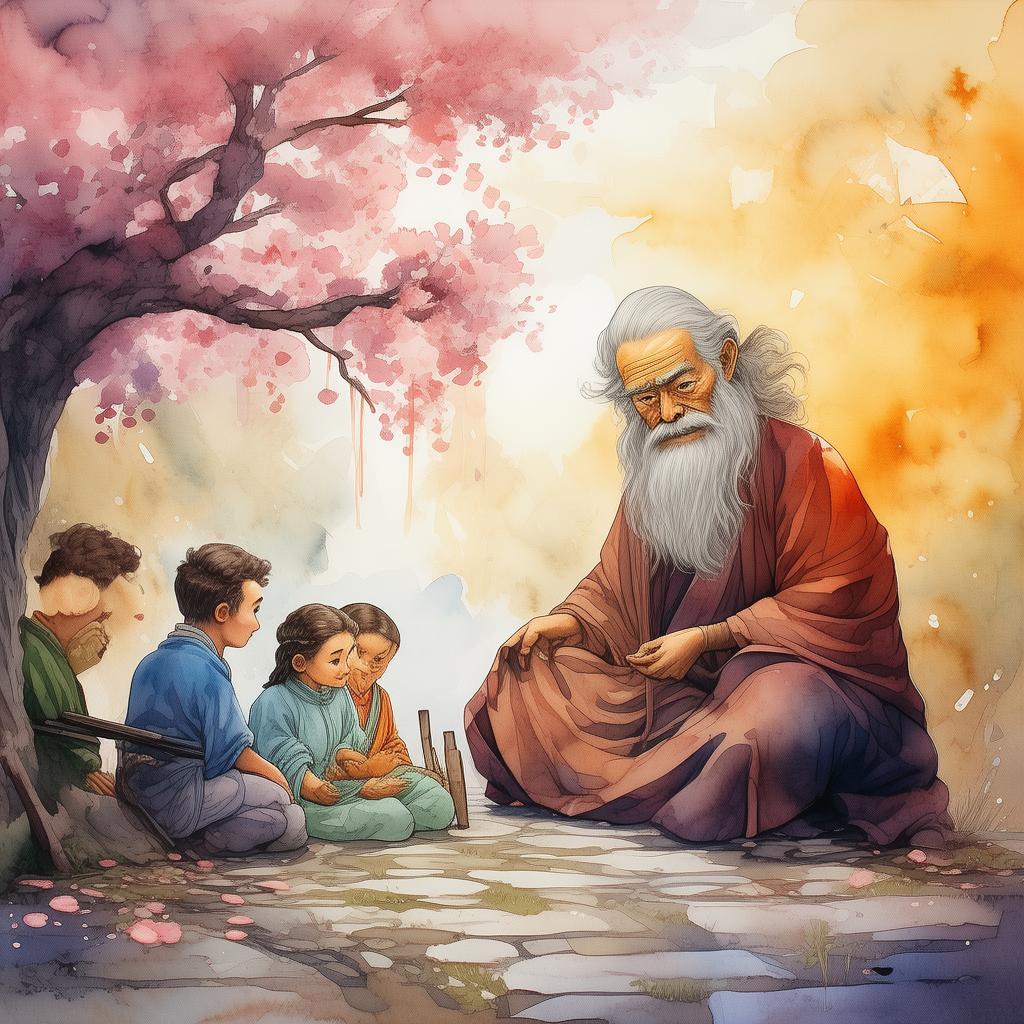The Windy Streets' Lament: A Tale of Perseverance and the City's Soul
In the heart of the bustling metropolis, where the skyscrapers kissed the sky and the neon lights painted the night, there lived a young artist named Ming. His canvas was the city itself, and his brush, the wind that whispered through the alleyways. Ming was on a quest for the "sweetness of the windy streets," a phrase he had heard from his grandmother, who spoke of a time when the city was young and its streets were filled with the laughter of children and the stories of the people who called it home.
The city was a labyrinth of life, a place where dreams were born and crushed in the same breath. Ming wandered through the winding streets, his heart heavy with the weight of his own ambitions. He had seen the city's pulse, the relentless march of progress that had eroded the very essence of what made it a living, breathing entity. Yet, he was determined to capture the essence of that sweetness in his art.
One evening, as the wind howled through the streets, Ming found himself at an old, abandoned building that stood at the edge of a once-thriving neighborhood. The building had seen better days, its facade cracked and weathered by time. But it was the wind that caught his attention. It seemed to sing a song, a melody of nostalgia and loss.
Ming approached the building cautiously, his footsteps echoing on the cobblestone path. As he reached the entrance, he noticed a small, weathered sign that read, "The Sweetness of the Windy Streets." It was a clue, a whisper from the past, inviting him inside.
He pushed open the creaking door and stepped into a dimly lit interior. The air was thick with dust and the scent of forgotten memories. Ming's eyes adjusted to the darkness, and he saw a series of old photographs hanging on the walls, each one a snapshot of a bygone era.

As he explored the building, Ming discovered a hidden room at the back, filled with artifacts and relics of the city's history. In the center of the room stood a pedestal with an old, ornate box. The box was adorned with intricate carvings of wind and streets, and it seemed to call out to him.
Ming opened the box and found a small, weathered journal. Inside, he read the words of a woman named Li, who had lived in the neighborhood decades ago. Her entries were filled with stories of the people she had known, the laughter, the heartache, and the sweetness of life that had once filled the streets.
As Ming read, he felt a connection to Li and her stories. He realized that the sweetness of the windy streets was not just a memory, but a spirit that lived on in the hearts of those who had once walked its paths. It was a testament to the resilience of the human spirit and the enduring nature of community.
Ming decided to bring the journal back to the streets, to share the stories of Li and the other people who had once called the city home. He began to paint murals, each one a tribute to the lives that had been lived in the heart of the city's pulse. The murals sparked conversations, and the stories began to spread like wildfire.
People from all over the city came to see the murals, and in doing so, they rediscovered the sweetness of their own lives. Ming's art had become a bridge between the past and the present, a reminder of the city's soul and the enduring power of community.
One day, as Ming stood in front of his latest mural, he felt the wind howling through the streets once more. It was a call, a reminder of his grandmother's words and the journey he had embarked upon. He smiled, knowing that the sweetness of the windy streets was alive and well, living in the hearts of those who believed in the power of art and the enduring spirit of humanity.
The wind carried Ming's laughter and the whispers of his murals, and as he walked away from the building, he felt a newfound sense of purpose. The city's pulse was strong, and the sweetness of the windy streets was a reminder that life was a continuous journey, filled with unexpected twists and turns.
In the end, Ming realized that the true sweetness of the windy streets was not found in the art itself, but in the hearts of those who believed in the power of dreams and the resilience of the human spirit. And as long as there was a heartbeat in the city, the sweetness of the windy streets would never fade.
✨ Original Statement ✨
All articles published on this website (including but not limited to text, images, videos, and other content) are original or authorized for reposting and are protected by relevant laws. Without the explicit written permission of this website, no individual or organization may copy, modify, repost, or use the content for commercial purposes.
If you need to quote or cooperate, please contact this site for authorization. We reserve the right to pursue legal responsibility for any unauthorized use.
Hereby declared.
